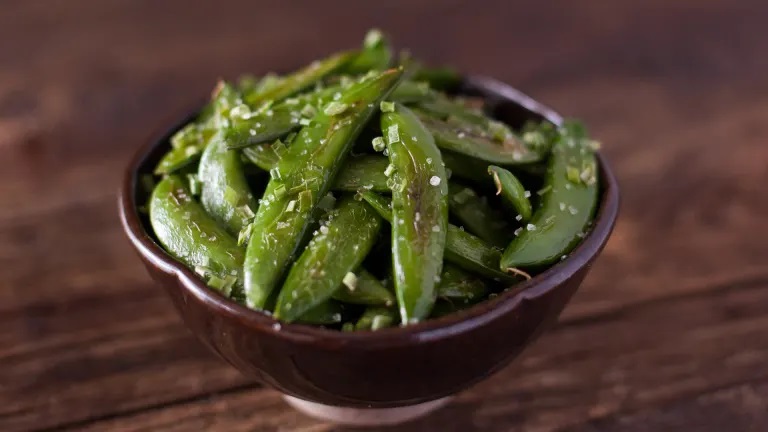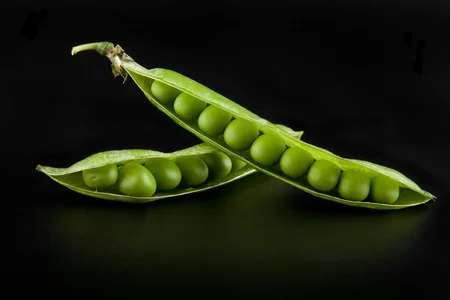
sugar snap peas
seasoned with a touch of summer —
mom’s labor of love

|
Author Notes
Cooking for family and friends is a way to show love.
HAIKU is an unrhymed Japanese poem that uses imagistic language to convey the essence of a human experience in nature. It uses a juxtaposition of two concrete images in a way that prompts the reader to make an insightful connection between the two. It alludes to a season of the year with direct words (summer, winter, autumn, spring) or indirect words (northern wind, warm breeze, harvest, Christmas, New Year, cherry blossoms, etc) The best haiku avoid the poet's views, the poet is the OBSERVER.
FORM Japanese haiku is written in 17 syllables and three lines ( 5/7/5) BUT in English is 17 syllables OR LESS. For example:
Haiku in Japanese: Furuike ya/ Kawazu tobikomu/ Mizu no oto (5/7/5)
Same haiku translated to English: old pond/ a frog leaps in./ the sound of water.(2/4/5)
AVOID punctuation, alliteration, metaphor, personification, and capital letters (proper names are okay). To pause before the satori you can use a dash, sometimes a comma is okay, but we keep punctuation to a minimum. HAIKU SOURCES === click here to read Haiku Society of America HAIKU EXAMPLES === click here to read Haiku Society of America HAIKU RULES === click here to read WHY 17 OR LESS SYLLABLES === click here to read SEASON WORDS (Kigo) List
Thank you very much for taking the time to read and review my poem.
Gypsy
"Poetry heals the wounds inflicted by reason.". - Novalis
|
|




